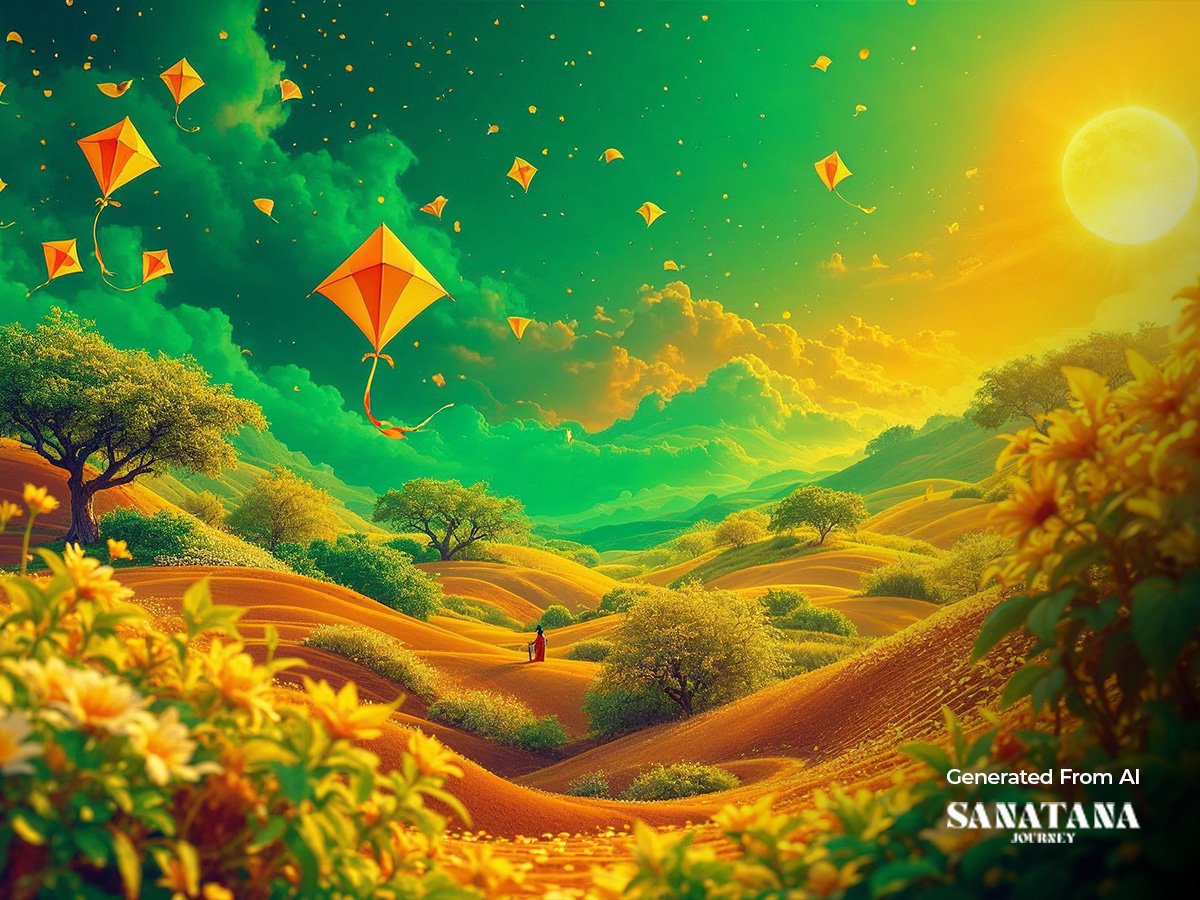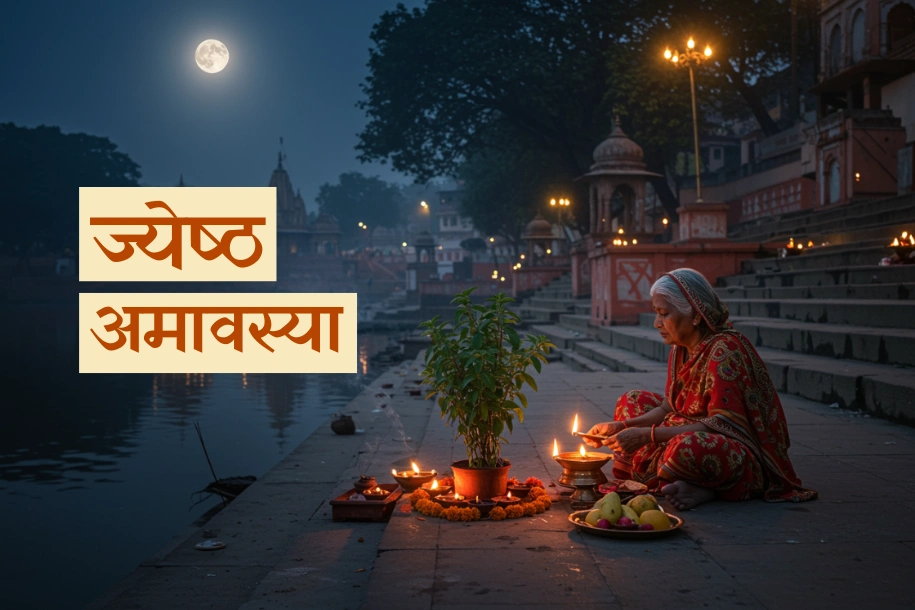Makar Sankranti: Its Rituals, Celebration and Significance
Makar Sankranti is unique among Hindu festivals as it follows the solar calendar rather than the lunar calendar. This festival marks the Sun’s transition from the Southern to the Northern Hemisphere, symbolizing an auspicious period. The name “Makar” refers to Capricorn, while “Sankranti” signifies transition. As a harvest festival, Makar Sankranti celebrates the end of winter and expresses gratitude to Mother Earth. The festivities include the exchange of gifts, particularly sweets made with sesame (til), and a feast featuring dishes like green gram, rice, and jaggery.
Makar Sankranti will be celebrated on Tuesday, 14th January 2025.
Makar Sankranti is widely recognized as a harvest festival and is celebrated across India under different names, with each state adding its unique cultural and traditional flavor to the festivities.
Other names for Makar Sankranti are:
PONGAL 2025
Pongal is a vibrant four-day harvest festival celebrated predominantly in Tamil Nadu, marking the end of the winter solstice and the beginning of the Sun’s journey northward (Uttarayan). The word “Pongal” means “to boil over,” symbolizing prosperity and abundance. The festival includes special rituals and the preparation of the signature dish, Pongal, made from freshly harvested rice, jaggery, and milk. Each day of Pongal holds unique significance: Bhogi Pongal involves discarding old belongings to mark a fresh start, Thai Pongal honors the Sun God for a bountiful harvest, Mattu Pongal celebrates cattle for their contribution to farming, and Kaanum Pongal is about family reunions. The festival is marked by traditional kolams (rangoli), joyous gatherings, and cultural events.
BIHU 2025
Bihu is the essence of Assamese culture, celebrated to mark the harvest and the Assamese New Year. There are three Bihu festivals: Rongali (Bohag) Bihu in April, signifying the start of the new agricultural cycle; Kongali (Kati) Bihu in October, observed with solemn rituals for crop protection; and Bhogali (Magh) Bihu in January, symbolizing the harvest season’s abundance. The most popular is Rongali Bihu, celebrated with traditional music, Bihu dance, and feasts. Bhogali Bihu involves community feasts, bonfires, and the preparation of traditional dishes like pitha and laru. This festival unites people, blending joy, music, and gratitude for nature’s blessings.
LOHRI
Lohri is a vibrant Punjabi festival marking the end of the winter season and the harvest of sugarcane and wheat. Celebrated on January 13, it signifies longer, warmer days. The festival is centered around a bonfire, where people gather to sing traditional folk songs, perform energetic bhangra and gidda dances, and offer items like jaggery, sesame seeds, peanuts, and popcorn to the fire as a sign of gratitude to nature. Lohri is a time for family and community bonding, celebrating abundance, and welcoming the harvest season with joy and fervor.
Significance of Makar Sankranti
Makar Sankranti signifies an important shift in the Earth’s zodiac alignment, marking a new phase in our planetary experience. Among the many Sankrantis, Makar Sankranti and Karka Sankranti are the most notable. These transitions highlight the Earth’s movement and its role in sustaining life. Following the winter solstice on December 22, the planet tilts towards a stronger northern movement, gradually relieving winter and initiating change on Earth.
Historically, this shift influenced agriculture, as humans transitioned from gathering to cultivating crops, learning to work with the Earth to meet their needs. However, industrialization has pushed these boundaries, often straining the planet’s resources.
Makar Sankranti reminds us that everything we have is taken from the Earth. Rather than “giving,” we can only take what the planet offers—sensibly and responsibly. This festival serves as a moment to honor and reflect on our relationship with the Earth.
Celebrations of Makar Sankranti in India
- Tamil Nadu: It is a major festival in the Indian state of Tamil Nadu. The festival is celebrated for four days. In Tamil Nadu the festival is known as Pongal.
- Andhra Pradesh: Makar Sankranti is a four-day festival.
- Punjab: The eve before Makar Sankranti is celebrated as Lohri.
- Madhya Pradesh: Makar Sankranti is celebrated by exchanging programs and sweets.
- Odisha: People follow the custom of lighting bonfires and eating all together.
- Assam: The festival is celebrated as Bhogali Bihu.
- West Bengal: Sankranti is a three-day affair that starts at Sankranti.
- Delhi: In Delhi and Haryana, the festival is known as Sukarat.
- Gujarat: In Gujarat the festival is known as Uttarayan.
- Maharashtra: In Maharashtra the festival is known as Makar Sankranti.
Rituals of Makar Sankranti
Bhogi Pongal marks the first day of the Pongal festival in Tamil Nadu and is celebrated with bonfires, symbolizing the burning of negativity and the embrace of positivity. This tradition reflects the cycles of life, death, and rebirth.
In Assam, a similar festival called Magh Bihu, or Bhogali Bihu, is celebrated on the same day. Bonfires are also central to the rituals, accompanied by various cultural activities. Traditional Assamese cuisine is prepared, and the vibrant Bihu dance adds joy and energy to the festivities, making the celebration lively and memorable.
Kite Flying on Makar Sankranti
One of the most captivating sights of the Makar Sankranti festival is the vibrant display of colorful kites soaring in the crisp winter sky. Kite-flying competitions are held in many places, adding to the festive spirit. This joyous activity is often seen as an expression of gratitude to the Gods, symbolizing the ascent of prayers and offerings toward the heavens.
FAQ’s
What is the time of Makar Sankranti in 2025?
In 2025, Makar Sankranti will be observed on Tuesday, January 14th. The auspicious time for Makar Sankranti Punya Kaal is from 7:30 AM to 5:50 PM.
What is the symbol of Makar Sankranti?
The symbol of Makar Sankranti is the kite, representing joy, freedom, and the connection between Earth and the divine. The festival also symbolizes the Sun’s transition into Capricorn (Makar), marking new beginnings and prosperity.
Why is the festival of Makar Sankranti celebrated?
Makar Sankranti marks the Sun’s transition to Capricorn, celebrating harvest, prosperity, and longer days as winter ends and Uttarayan begins.



